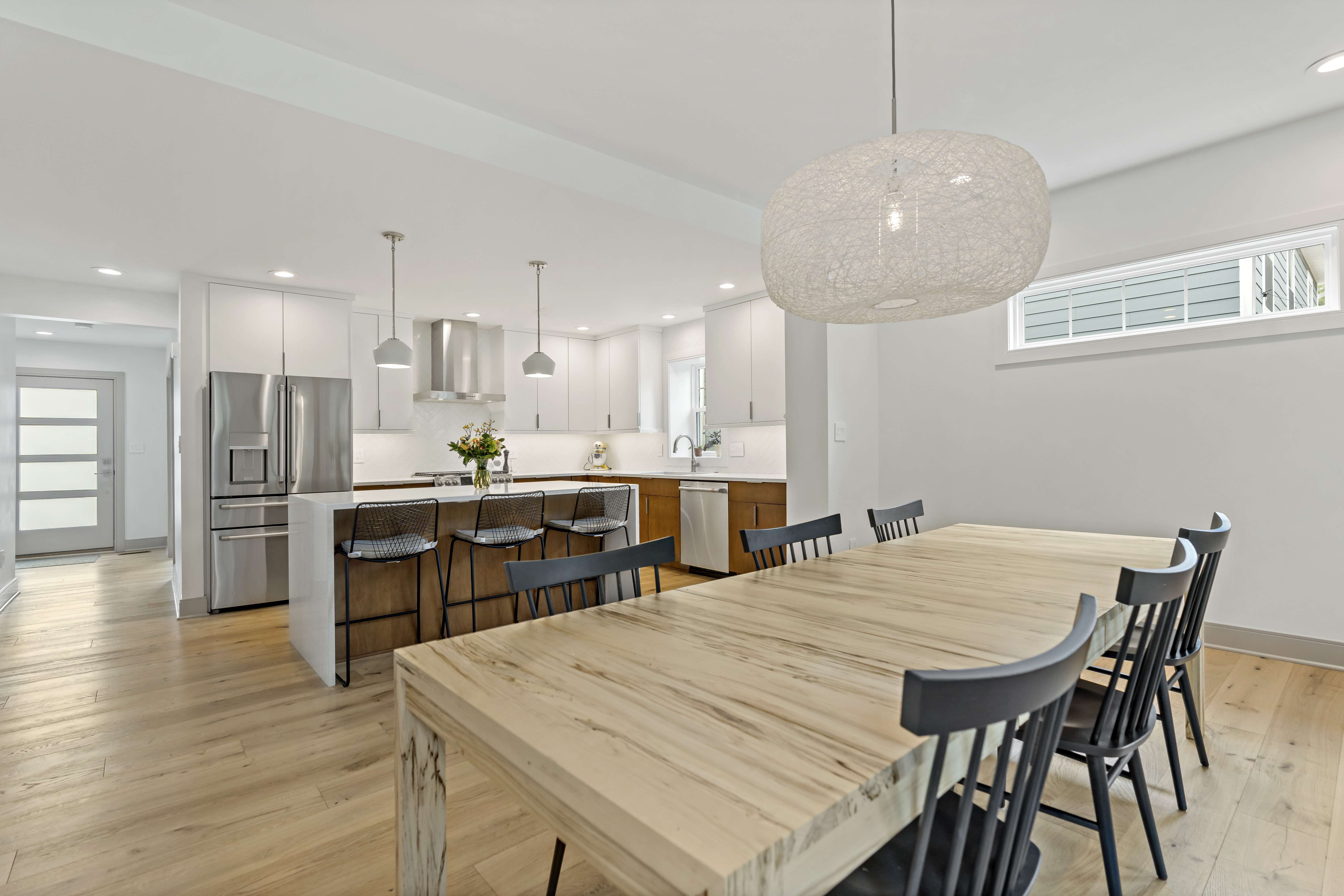
Smart Home Upgrades: New Technology to Integrate in Your Home Remodel
Are you thinking about remodeling your home? If so, why not take this opportunity to integrate some smart home technologies into your new design? With the advancement of technology, smart home devices have become more accessible and affordable than ever before. They offer convenience, energy efficiency, and enhanced security, making your daily life easier and more comfortable. In this article, we will explore the latest smart home technologies that you can consider integrating into your home remodel, as well as the benefits and considerations associated with each of them.
Understanding Smart Home Technology
Smart home technology refers to the integration of various devices and systems in your home that can be controlled remotely or automated to perform specific tasks. These devices can range from smart thermostats and lighting systems to security cameras and entertainment systems. The primary goal of smart home technology is to make your life more convenient, efficient, and secure.
The Basics of Smart Home Technology
Before diving into the latest smart home technologies, let's take a moment to understand the basics. At the core of any smart home system is a central hub that acts as the brain of your smart home. This hub connects all the devices and allows you to control them through a mobile app or voice commands. These devices communicate with the hub using various technologies such as Wi-Fi, Bluetooth, or Zigbee. With just a few taps on your smartphone, you can control your lights, adjust your thermostat, or even lock your doors.
But how does this all work? Let's say you're on your way home from work and want to ensure that your house is nice and cozy when you arrive. With a smart home system, you can simply open the mobile app on your phone and adjust the thermostat to your desired temperature. The hub then sends a signal to the smart thermostat, which adjusts the temperature accordingly. By the time you step through the front door, your home will be the perfect temperature, all thanks to smart home technology.
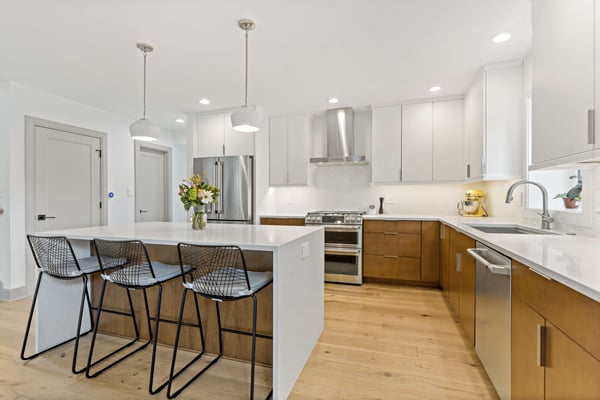
Benefits of Integrating Smart Home Technology
There are numerous benefits to integrating smart home technology into your home remodel. Firstly, smart home devices offer convenience. Imagine being able to turn off your lights, lock your doors, and adjust your thermostat from the comfort of your bed or while you're away from home. No more getting out of bed to double-check if you locked the front door or worrying about leaving the lights on when you're not home. With smart home technology, you have complete control at your fingertips.
Additionally, smart home technologies can help you save money on your energy bills. For example, a smart thermostat can learn your habits and adjust your home's temperature accordingly, resulting in significant energy savings. Say goodbye to wasted energy and hello to a more eco-friendly and cost-effective home.
Furthermore, smart home devices can enhance the security of your home. Smart security systems allow you to monitor and control surveillance cameras, door locks, and alarm systems remotely. This gives you peace of mind knowing that you can keep an eye on your home even when you're not physically there. Whether you're at work, on vacation, or simply running errands, you can always check in on your home and ensure that everything is safe and sound.
Planning Your Home Remodel for Smart Upgrades
Before jumping into the world of smart home technologies, it's essential to plan your home remodel accordingly. Here are a few things to consider:
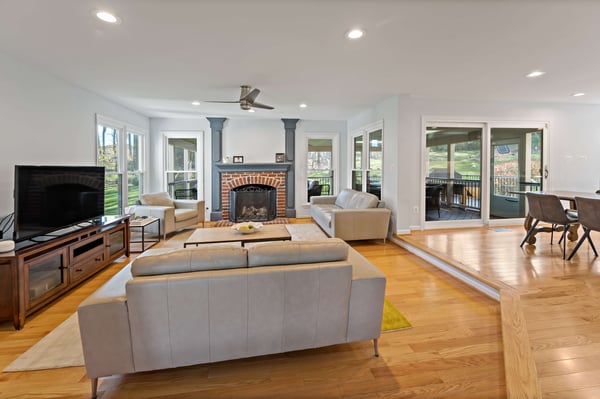
Identifying Your Smart Home Needs
Start by identifying the areas of your home where smart technologies can make the most significant impact. For example, if you spend a lot of time in your living room, integrating a smart entertainment system might be a top priority. Imagine being able to control your TV, sound system, and streaming services with just a voice command or a tap on your smartphone. It's like having your own personal home theater at your fingertips.
Alternatively, if energy efficiency is a concern for you, focus on upgrading your lighting and HVAC systems with smart alternatives. Picture walking into a room, and the lights automatically turn on, adjusting to the perfect brightness level based on the time of day. Imagine having a smart thermostat that learns your preferences and adjusts the temperature accordingly, saving you money on your energy bills while keeping you comfortable.
Budgeting for Smart Home Upgrades
It's crucial to establish a budget for your smart home upgrades. Determine how much you're willing to invest in each category and prioritize accordingly. Keep in mind that the cost of smart home technologies can vary greatly, so be sure to research different options and compare prices.
When budgeting for your smart home upgrades, consider the long-term benefits and potential savings. While the initial investment may seem higher than traditional alternatives, smart technologies can help you save money in the long run. For instance, smart lighting systems use energy-efficient LED bulbs that last longer and consume less electricity. This means fewer trips to the store for replacements and a reduced environmental impact.
Furthermore, many smart home devices are designed to integrate seamlessly with each other, creating a connected ecosystem that enhances convenience and efficiency. Imagine having a single app on your smartphone that controls your lighting, security cameras, door locks, and even your kitchen appliances. With just a few taps, you can ensure your home is secure, adjust the temperature, and start preheating the oven for dinner.
By carefully considering your smart home needs and budgeting for the upgrades, you can create a home that is not only technologically advanced but also tailored to your lifestyle and preferences. So, get ready to embrace the future of home living and enjoy the convenience and comfort that smart home technologies have to offer.

Latest Smart Home Technologies to Consider
Now that you have a better understanding of smart home technology and have planned your home remodel accordingly, let's explore some of the latest technologies that you can integrate:
Smart Home Security Systems
Your home's safety is always a top priority, and smart security systems can provide you with peace of mind. These systems include features such as motion sensors, video doorbells, and smart locks. With a smart security system, you can monitor your home from anywhere and receive instant alerts in case of any suspicious activity.
Energy-Efficient Smart Home Devices
Energy efficiency is not only beneficial for the environment but also for your wallet. By integrating energy-efficient smart devices such as smart thermostats, lighting systems, and appliances, you can save money on your energy bills while reducing your carbon footprint. These devices can automatically adjust settings based on your preferences and ensure that energy is not wasted unnecessarily.
Smart Home Entertainment Systems
If you love music, movies, or gaming, a smart home entertainment system can take your experience to the next level. With a smart TV, speakers, and streaming devices, you can create a customizable and immersive entertainment setup right in your living room. You can also integrate voice control features for convenient hands-free operation.
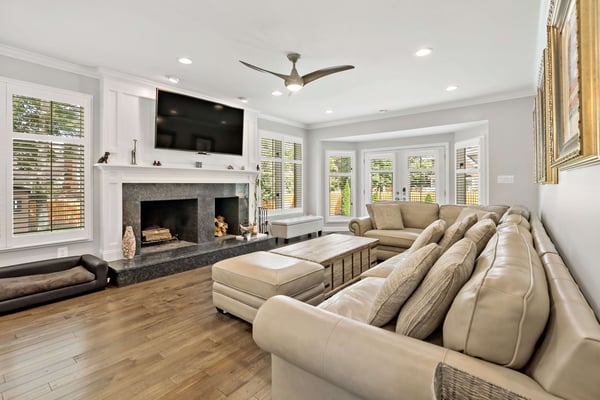
Integrating Smart Home Technologies During Remodel
While some smart home technologies can be installed by yourself, others require professional assistance. Here are a few considerations:
Working with Professionals for Installation
For complex systems such as security cameras and smart home hubs, it's advisable to work with professionals. They will ensure that the devices are properly installed, configured, and integrated into your home network. Additionally, professionals can provide guidance on the best placement of devices to maximize their effectiveness.
DIY Smart Home Integration Tips
If you're interested in a more hands-on approach, there are plenty of smart devices that you can install yourself. Smart light bulbs, smart plugs, and smart speakers are relatively easy to set up and can be a great starting point for DIY enthusiasts. Just make sure to follow the manufacturer's instructions carefully to ensure proper installation and operation.
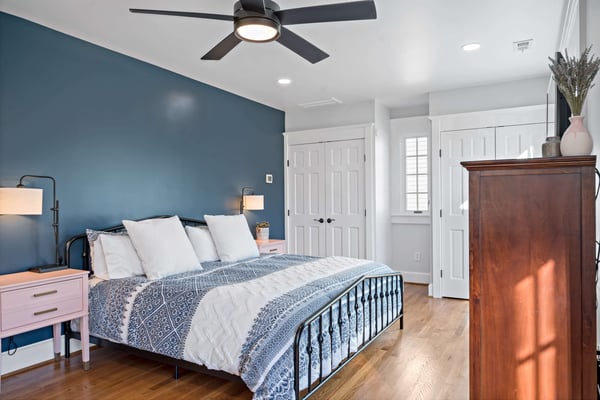
Maintaining Your Smart Home Post-Remodel
Sustaining a smart home is important to ensure its optimal performance. Here are a couple of maintenance tips:
Regular Upkeep of Smart Home Systems
Regularly check for firmware updates for your devices and the central hub. These updates often include bug fixes, performance improvements, and new features. Additionally, ensure that the devices are connected to a stable and secure Wi-Fi network to prevent any interruptions in their functionality.
Updating Your Smart Home Technology
As technology evolves, so do smart home devices. Keep an eye on the latest advancements and consider upgrading your devices as new and improved models become available. This will ensure that you continue to enjoy the latest features and functionalities that smart home technology has to offer.
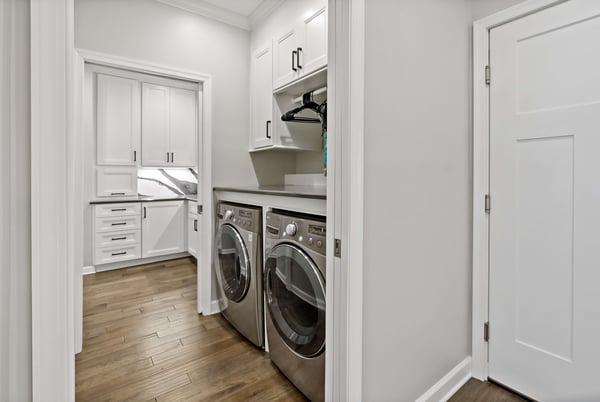
In conclusion, integrating smart home technologies during your home remodel can bring numerous benefits such as convenience, energy efficiency, and enhanced security. By understanding the basics of smart home technology, planning your remodel accordingly, and choosing the right devices, you can create a home that is not only beautiful but also smart. Whether you opt for a professionally installed system or decide to DIY, remember to maintain and update your smart home technology to ensure its optimal performance. Embrace the future and unlock the full potential of your home with smart home upgrades!
